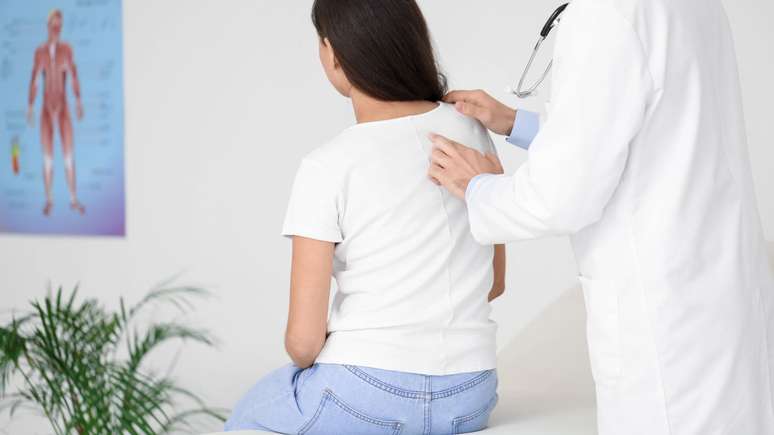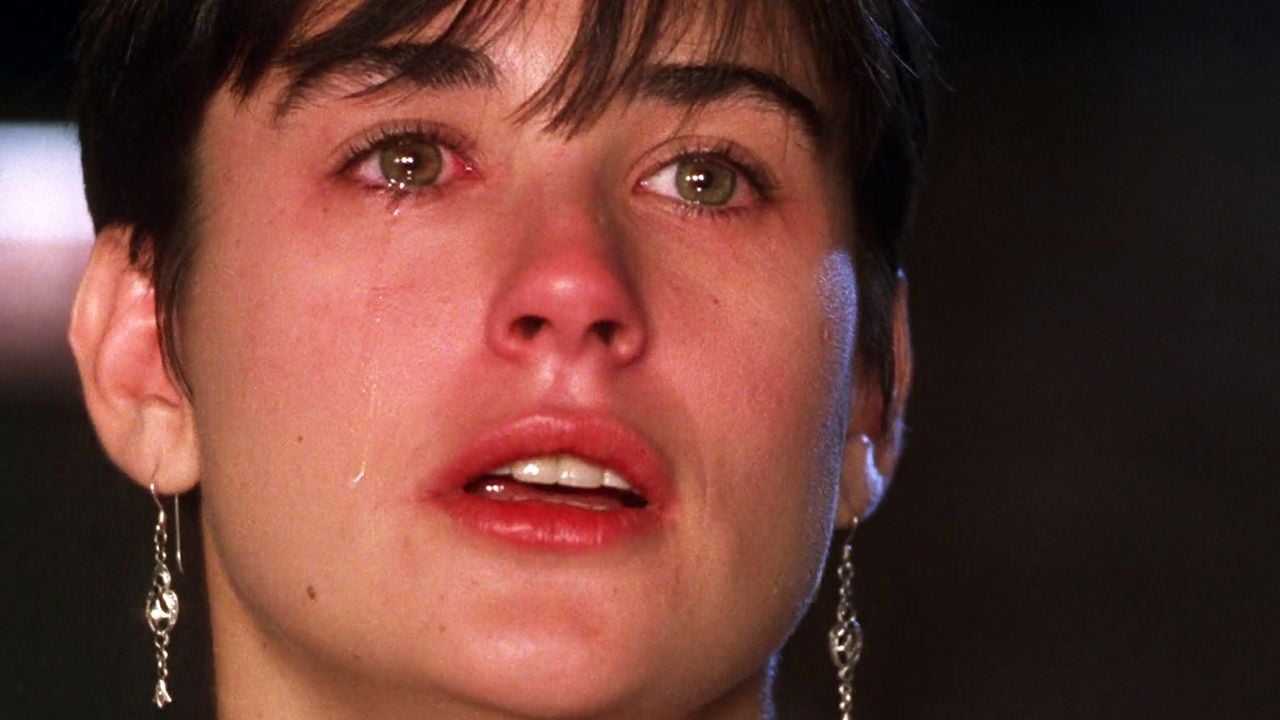According to the World Health Organization (WHO), Scoliosis affects about 4% of the world population; In Brazil, over six million people live in the condition
During adolescence, the body crosses intense transformations and the spine is no exception. It is precisely during this period that young people grow rapidly and many of them can develop scoliosis. First of all, the condition is defined by the lateral deviation of the spine. And if it does not cross a early diagnosis and treatment, it can cause pain, body asymmetries and even compromise the function of the internal organs.
Reality in Brazil
Second World Health Organization (WHO), Scoliosis affects about 4% of the world population. Node BrazilMore than six million people live in the condition, being the spontaneous form in adolescence the most common. It rises without cause, usually between ten and eighteen years, and mainly reaches girls – about 90% of cases in this age group, according to experts.
Scoliosis usually appears in adolescence
Doctor Luciano MillerOrthopedist and surgeon column of Albert Einstein Hospitalexplains it “Adolescence is the most sensitive period for the development of scoliosis, since the spine is still in formation. In more serious cases, surgery can be the most suitable solution”.
Symptoms and diagnoses
Among the main warning signs are the sides of the shoulder or misaligned, back with one side higher than the other, the trunk on one side and the back often, especially after spending a lot of time sitting.
The diagnosis usually begins with a physical examination and can be confirmed with radiographs. The treatment varies according to the degree of curvature, which can include specialized physiotherapy, the use of orthopedic jackets and, in more serious cases, surgery. In the latter case, the correction of the curvature with arthrodesis (bone merger) is carried out, which aims to maintain the stability and rigidity of the spine after intervention
Habits and genetics
In addition to genetics, modern habits also contribute to the increase in cases: physical inactivity, excessive use of screens and bad posture during studies or mobile devices can aggravate the condition. Therefore, the warning is for parents, teachers and health workers to be aware of the attitude of teenagers. “The best phase to intervene is precisely in adolescence. With an adequate follow -Up, it is possible to prevent scoliosis progression and ensure that the young man grows with the quality of life”The expert says.
*Text made in collaboration with Rojas Comunicação
Source: Terra
Ben Stock is a lifestyle journalist and author at Gossipify. He writes about topics such as health, wellness, travel, food and home decor. He provides practical advice and inspiration to improve well-being, keeps readers up to date with latest lifestyle news and trends, known for his engaging writing style, in-depth analysis and unique perspectives.


-1iukw1rasftya.jpg)





